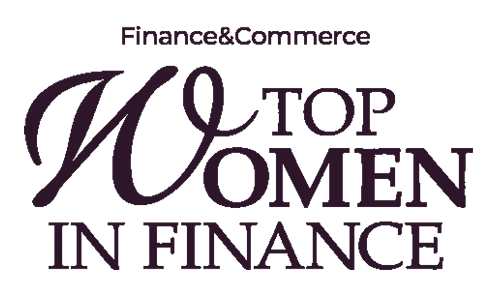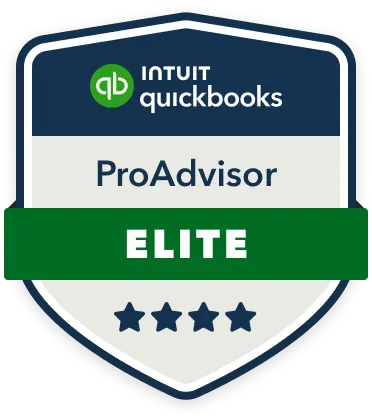Increasing Cash Flow Part 2 – Gross Margin
At OWL, we’re over the shiny red button. For us, it’s all about the levers. Levers aren’t simply a quick fix; they’re strategic adjustments with long-term potential.
There are three levers you can pull to permanently increase the amount of cash in your company:
In part one of this three-part series we talked about revenue. In part two, we will focus on gross margin.
Gross Margin 101
Gross Margin = Revenue – Cost of Sales
Gross margin is the amount of each dollar you received for what you sell (revenue), left over after paying for the costs of what you sold (cost of sales). For a manufacturing company, cost of sales includes the cost of materials and labor used in making the products. For a company that sells a service, cost of sales includes the cost of labor used in providing the service.
There are only two ways to improve your gross margin (and thereby increase cash flow):
- Increase Pricing
- Decrease Cost of Sales
Let’s take a closer look at these options:
Increase Pricing
The rate you charge is a direct reflection of your industry and market. First, every company needs to determine their niche within the industry. Are you the low-cost provider (and thereby quality and service are secondary)? Are you the Rolls-Royce of your industry, so you garner a high price because of the high-end quality and service you provide?
Your pricing is also influenced by the rates of others in your industry as well as the market as a whole. A solid market analysis is a very useful thing: it will give you a better picture of where you fit along the spectrum and help you determine whether there is wiggle room in your pricing. How often do you need a market analysis? Every few years – more often if your industry or market is in flux.
Decrease Cost of Sales
The other way to increase gross margin? Lower your cost of sales. That’s right – do more with less! There are many ways to do this. Some methods are smart. Others, not so much.
Let’s look at it from the perspective of a service firm. If you are a service firm, your largest expense is payroll. Therefore, in order to decrease cost of sales, you need to challenge your current delivery model to determine if there are ways to decrease the amount and cost of labor.
Did you just cringe at the idea of slashing labor costs? That’s okay – it’s intimidating. But it’s all about efficiency. More efficiency = less time = lower costs. One way to increase efficiency is to decrease the amount of time it takes to deliver services. Another method is to find a way to make sure that your capacity accommodates the exact level of service your customers require. That means that every resource should be busy but not overwhelmed. Why pay for chair time?
One more method of decreasing the cost of labor is to reduce the amount paid, either by reducing the wage per hour, or by finding alternative sources of labor that have a lower overall cost. Consider options carefully so as not to sacrifice quality, service, and the favor of your current employees and customers. If you are a manufacturer, you have a much more diverse array of options to save costs. Just like a service company, you can pay your labor differently or decrease the amount of overall labor. You can also buy material differently, or re-engineer your product so it uses less material or standardizes components. In other words, use one kind of bolt instead of seven; this allows you to buy in bulk more readily.
Companies can also explore Lean or Kaizen practices. Did we just lose you? No problem. Kaizen is a methodology used to find ways to continually improve the process in order to reduce expenses, eliminate waste, and increase quality. While traditionally intended for manufacturers, more and more service businesses are reaping the rewards of this approach.
And there you have it: Gross Margin 101.
One of the best ways to gain a macro view of your business is through SG&A Reporting.
If you’re looking for a trustworthy bookkeeper or accountant, contact us today to learn how OWL can help you.

Learn More About How OWL Can Help You
Bookkeeping
Whether you need help with accounts payable, payroll or your monthly close, our accountants ensure these critical tasks are completed accurately and on time.
Accounting
When your books are up to date, you can respond to opportunities and challenges quickly. Accurate, bank-ready financials allow you to make better decisions for your company.
Financial Planning
Gain access to powerful insight typically only available to companies that employ a full-time controller or CFO. Leverage their expertise when you need it, without adding to your payroll.
Freedom to Focus on Your Business
Our Partner Organizations →
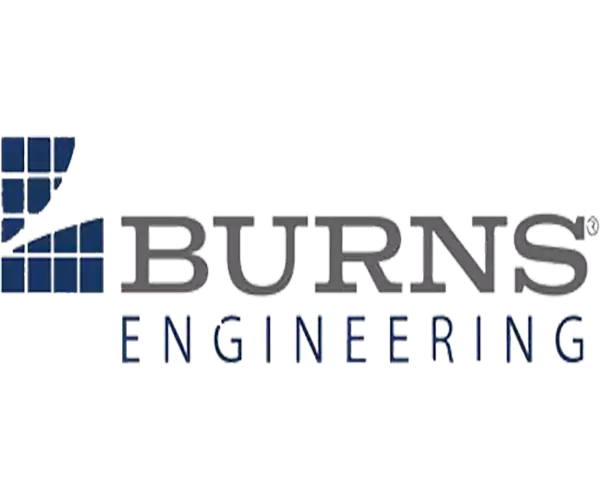
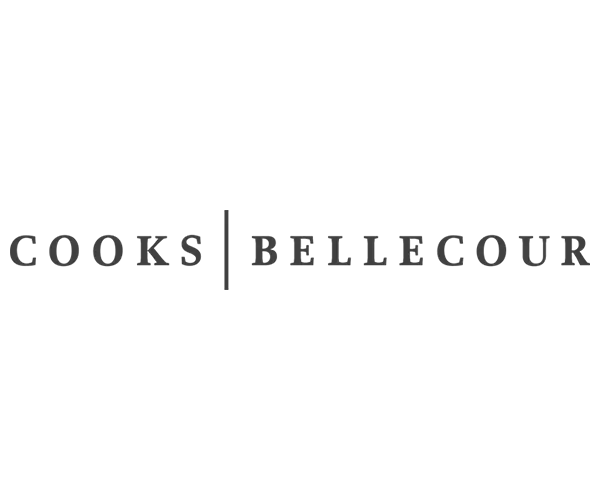
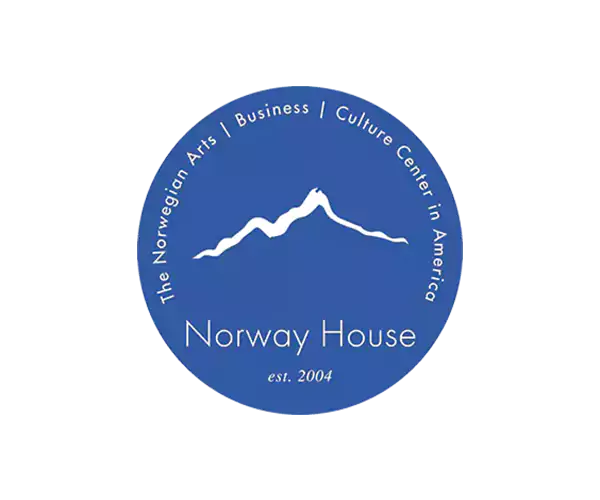


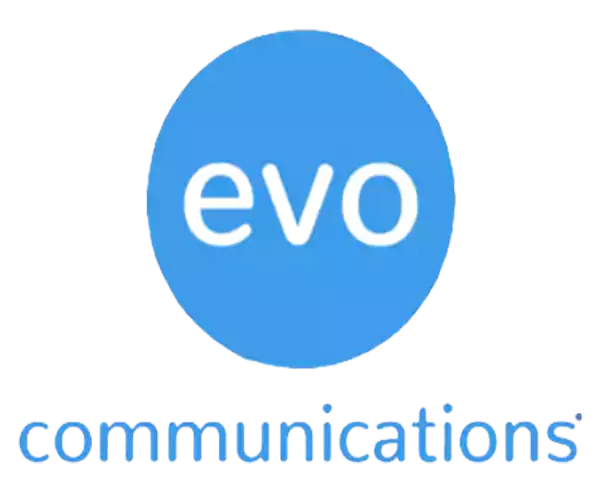




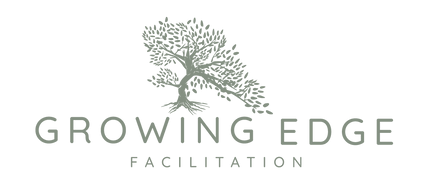







Get the Full View of Your Business Financials
Just like an owl can turn their head 270 degrees to see the whole landscape, Owl Bookkeeping and CFO Services can help you see your full financial picture.
Call us today: (612) 816-6007

